Bibliothek
How are cultural places changing in Tempelhof? Culture brings people together. Whether in books, exhibitions, at concerts, readings or language courses – there is always something new to discover. The library in Tempelhof has reinvented itself again and again.
“Creating public space for everyone”
The library’s past and future: What does the library feel like and what should it offer? Users, employees and planners talk about a place for books, people, discoveries and neighbourhood activities.
Audio transcription
Here you will find the podcasts audio transcription >>
Tom Müller wrote the novel Die jüngsten Tage in Tempelhof’s central district library. It was published by Rowohlt. He talks about the library and the setting.
“Finding a place where you can really write can be crucial for a book’s success. That’s because whenever you slip out of the flow of writing, you immediately become aware of your surroundings. One day I was too fidgety and couldn’t concentrate on the next scene. What helped me was the view of the tall trees and the play of light. Another day I was too tired, but the clicking of other people’s keyboards and the whispering voices helped me pull myself together and keep going. It’s a great sense of freedom to walk in here with just a simple “good morning” and take a free seat somewhere, surrounded by people and books, with a view onto the park. I’ve come to know some of the other visitors over time, helped a refugee to Berlin write his CV, and have often sat next to an elderly probably African-American man who was learning French on his own with great dedication. I would arrive late in the morning, write until the early evening, and go home with a sense of satisfaction. It didn’t matter whether I woke in the morning feeling confident or pessimistic about my book – I always knew that everything would work out when I got to the library.”
“My name is Boryano Rickum and I’m the director of the public libraries in the district of Tempelhof-Schöneberg. I live in Pankow myself, but work here in Tempelhof-Schöneberg, which includes Tempelhof. Even before I started working here, I had a lot to do with Tempelhof professionally during my training at the main library for the state of Berlin – and also during the time when it looked like Tempelhof’s central library would get a new building on the Tempelhof airfield. That didn’t happen. But I’m all the more pleased to have the chance to help shape the new library and cultural centre in Tempelhof. We know that a sense of togetherness, a neighbourly quality, and good relations among residents depend in large part on the types of public spaces a district or a neighbourhood has. That’s what’s guiding our plans for the new building set in Tempelhof’s “Neue Mitte” or new centre. It’s really important for us to create a public space here for everyone. We’re calling it a “third space” in the sense that it’s a place everyone can go to in addition to their homes and wherever they work or go to school.”
“My name is Marianne Schinski and I work at the library. I like the fact that our library in Tempelhof is in a park. For the new cultural centre, I’d like it to be an open and welcoming space – also surrounded by trees and plants – where the people of Tempelhof can give shape and wings to their ideas.”
Two questions for Michael Ruhnke, director of the central district library in Tempelhof.
What will remain from the old building?
“I’d say the new place will keep everything that has always made this library worthwhile. That means its contents (we’re taking the furniture and plants with us), and the services which will also be expanded. And of course the approximately 90,000 items that people can check out. We also still have an original model of the building from 1978, which was the year it was built. We want to bring that along as a memento. Last but not least, we can’t forget our team. All of our co-workers are delighted about having a modern, contemporary building with many, many more possibilities, much more space, and many more rooms to put their ideas and plans for a new library into practice. And of course we’re all looking forward to a brilliant new start.
New cultural centre
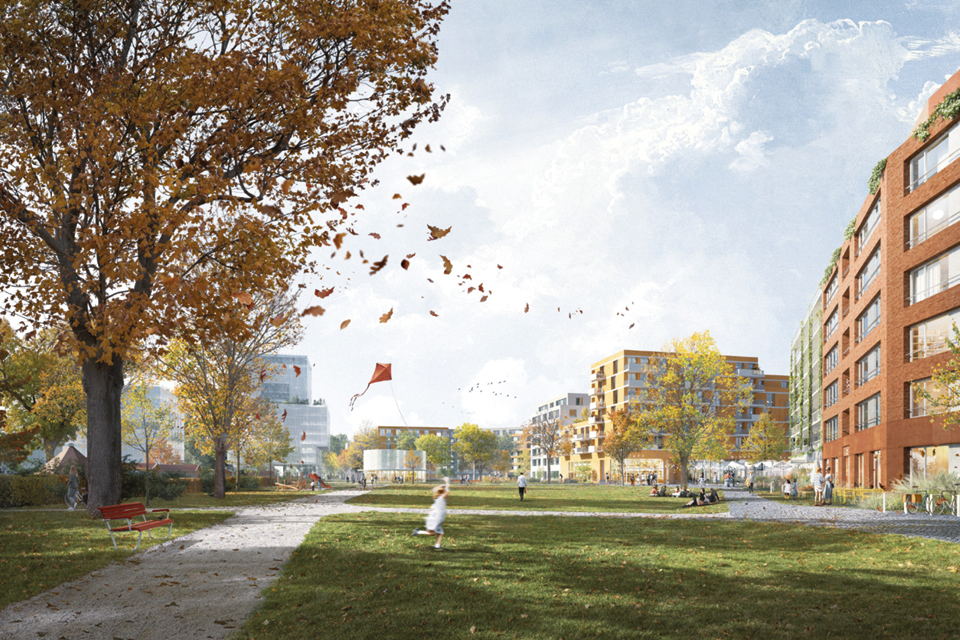
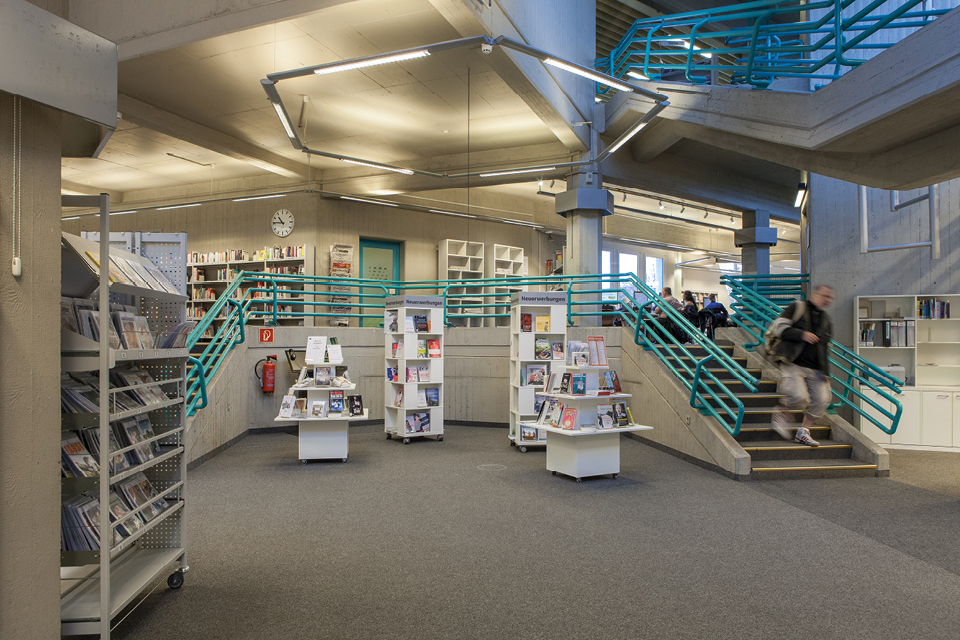
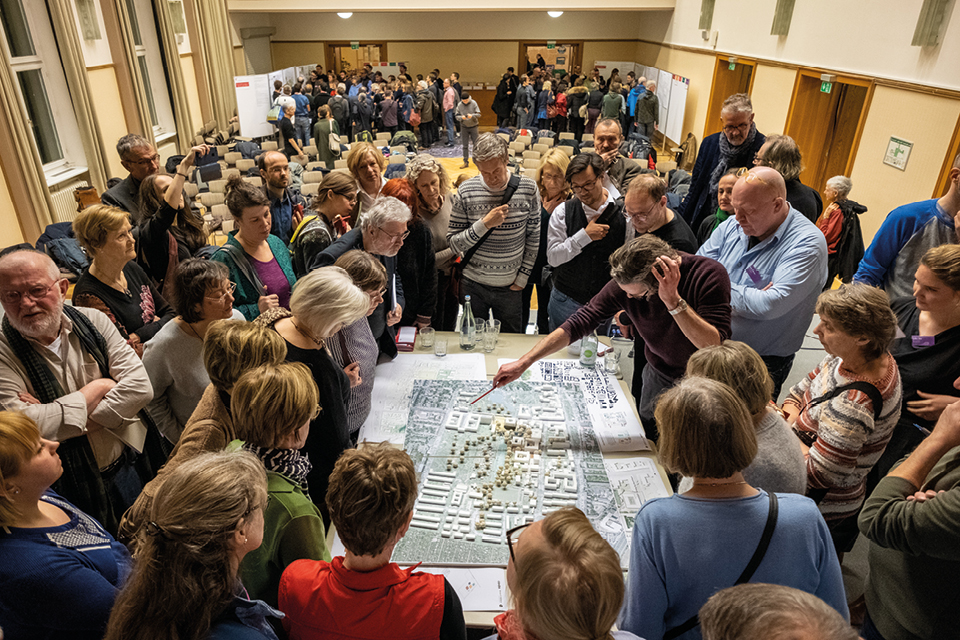
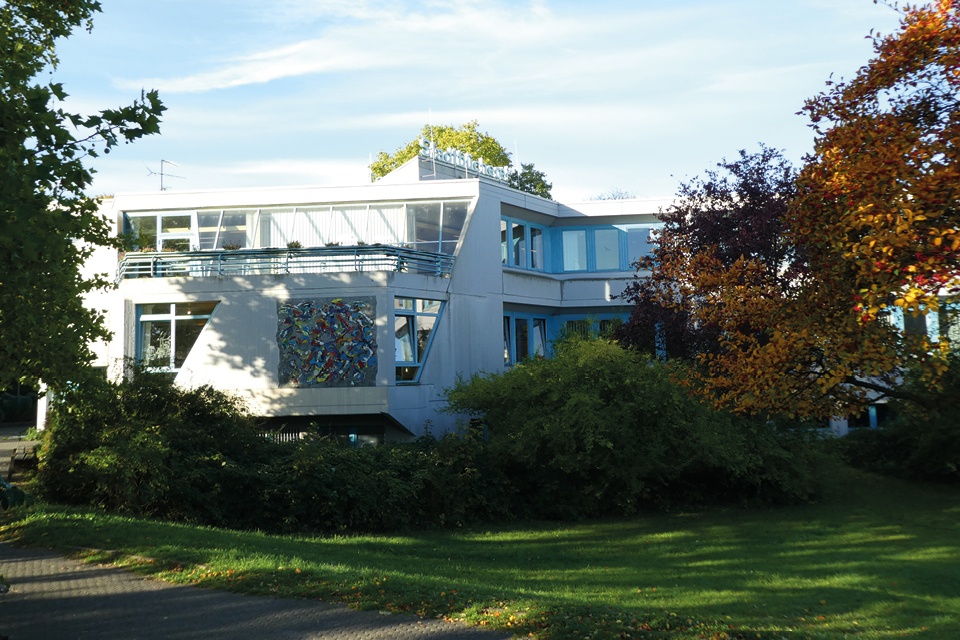
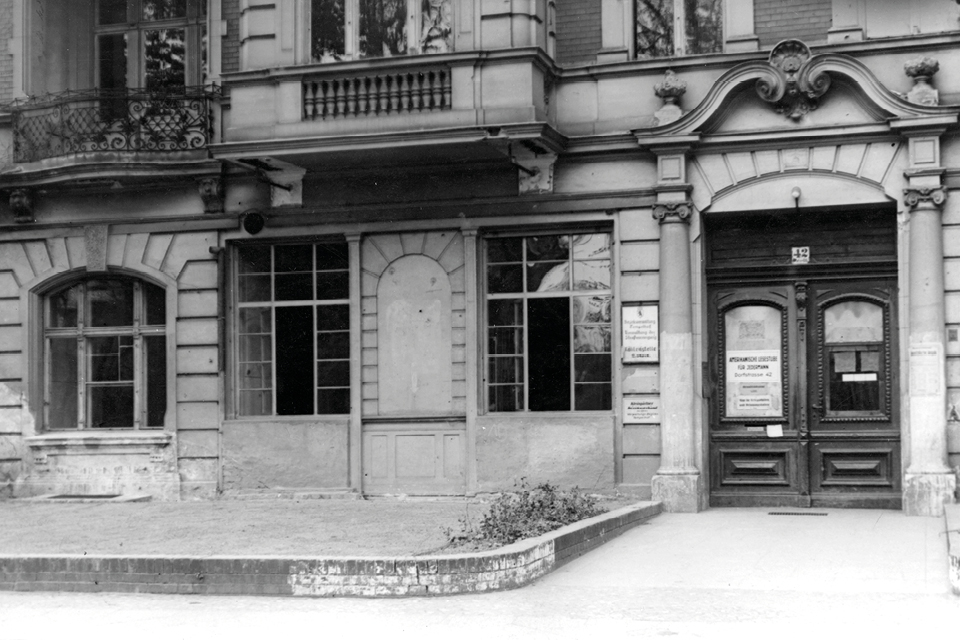
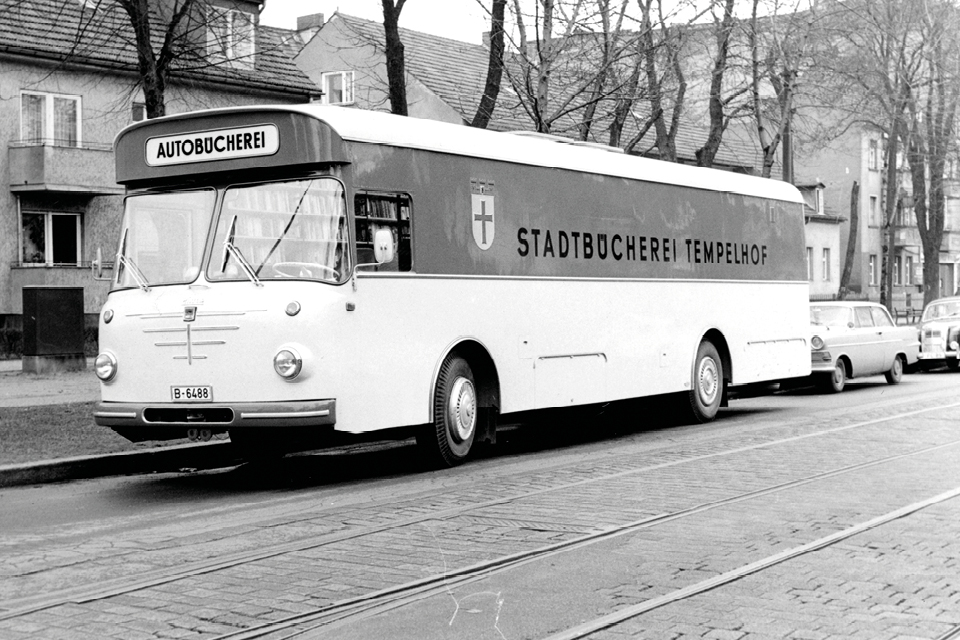
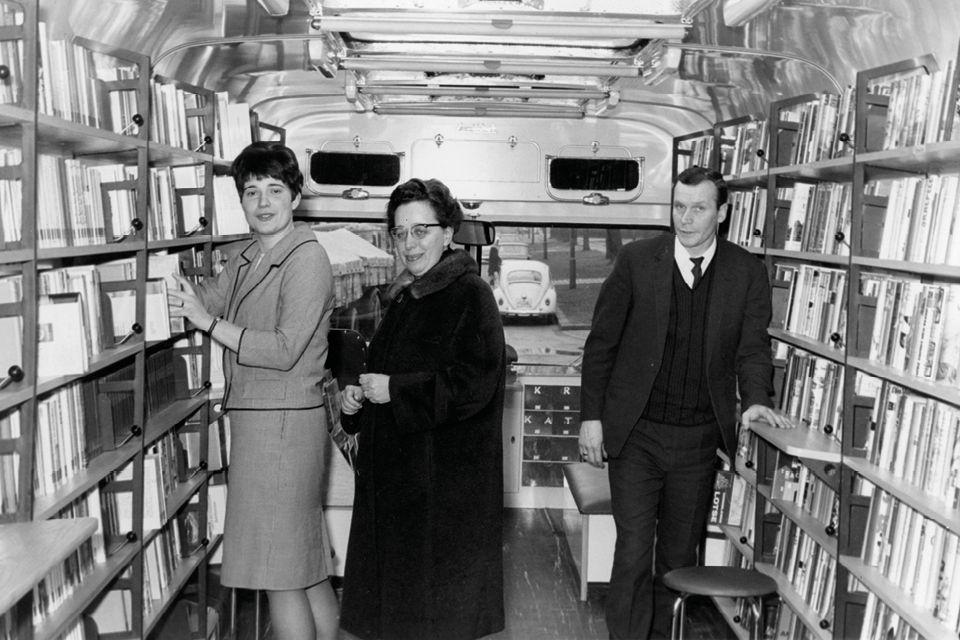
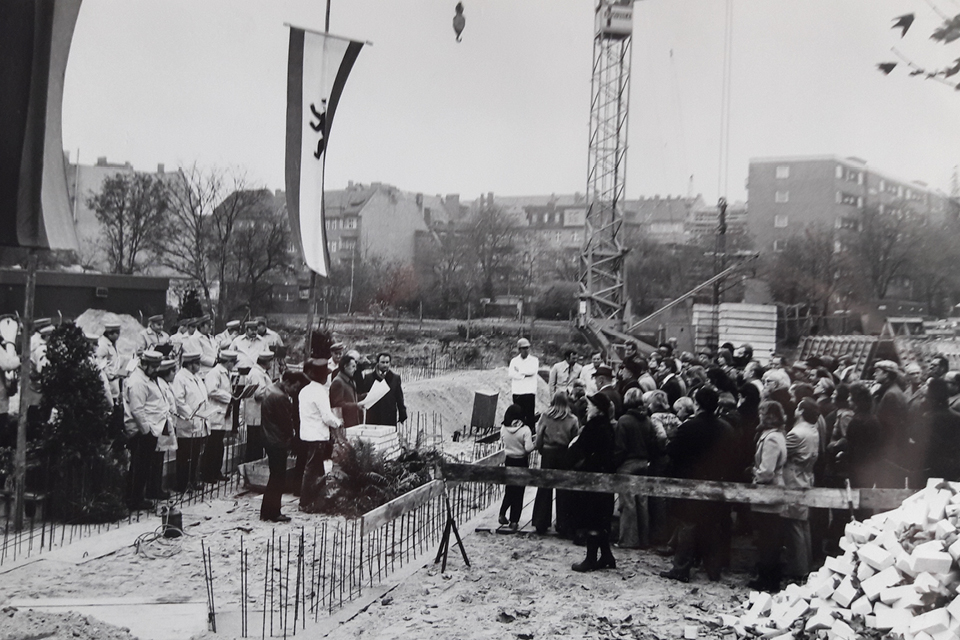
The library – a cultural attraction
Tempelhof’s main district library combines multiple forms of culture. More than 90,000 media can be checked out, and the building itself is an unusual piece of architecture. It was designed by Bodo Fleischer. He was a student of Hans Scharoun, the famous architect of the national library at Berlin’s Kulturforum. Fleischer’s library in Tempelhof evokes Scharoun’s style. It is often called the “kleine Stabi” or “little national library”. Open levels and galleries are prominent features of its structure and ambience. Built on Götzstraße in 1978, it houses the collections of earlier libraries in Tempelhof. These libraries include the “Amerikanische Lesestube” built in 1953 at the district’s Amerika Haus, and a youth library that opened in a modern Bauhaus building in 1976. Like many of Berlin’s outer districts it also has a book bus. This library on wheels was launched in 1967. In 2020 it got a modern bus with wheelchair access.
District in transition
The needs of Tempelhof and its residents are changing. In 2016 a long-term process was launched to design a “Neue Mitte” or new centre. The goals are to meet residents’ current needs and to accommodate the district’s growing administration. New buildings are going up to replace the facilities in greatest need of renovation. With more space and other features, services can be improved and expanded. The project is based on a “workshop” process with multiple stages of dialogue. Four teams have developed ideas in parallel. Members of the public, district committees and interest groups from the area under reconstruction have given feedback at regular intervals. The winning design takes a green approach and provides space for culture, public life and human connection.
Change and a new start
Changes also mean farewells. The district’s swimming pool and police headquarters will be removed and rebuilt in other locations. The library will become part of a new cultural and educational complex that also houses the community college, music school, and municipal galleries and museums. This will ultimately make space for a new residential area enabling people of all generations to interact and enjoy cultural opportunities. Working with residents, administrators from Tempelhof and the Berlin senate have further developed the plans over the course of a public “workshop” process. The district is likely to see more developments in the years to come. The Wenckebach hospital, a building of historical significance from 1878, might be moved to a new location. It was designed by Martin Gropius, the great-uncle of Walter Gropius who later directed the Bauhaus. Martin Gropius and Heino Schmieden created a complex that recalls the materiality of Karl Friedrich Schinkel’s work. The hospital’s loose constellation of buildings features lots of light, open space and vegetation. Its brick visuals were influenced especially by Schinkel. The hospital was originally built as a medical facility for the second garrison of the Prussian army.

